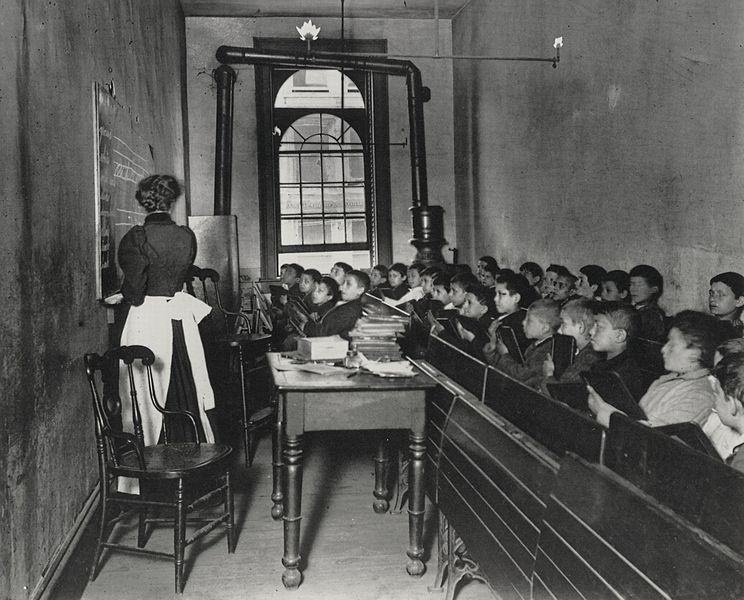I’m all for rethinking education, making learning more engaging, but I have a problem with the underlying notion in Salman Khan’s new Time think-piece which suggests hour-long lectures should be a thing of the past because students tune them out at the quarter-hour point.
I don’t think a post-literate world means one in which reading books will disappear. It’s just that they’ll be additional types of literacy. There’s room for more than one. Likewise, I don’t think a post-analog society means that we no longer have to press our brains beyond short-form critical thought that uses class time with the rigid efficiency of a computer. Sometimes the length of the lesson is as important as the lesson itself.
Life doesn’t come to us in the small bits we may desire. Some challenges require that we’ve learned patience, that we’ve forced ourselves to focus beyond what’s comfortable or convenient. If we place ourselves inside of a construct that provides us with only what we want, we won’t get everything we need. From Kahn’s essay:
“In 1996, in a journal called the National Teaching & Learning Forum, two professors from Indiana University — Joan Middendorf and Alan Kalish — described how research on human attention and retention speaks against the value of long lectures. They cited a 1976 study that detailed the ebbs and flows of students’ focus during a typical class period. Breaking the session down minute-by-minute, the study’s authors determined that students needed a three- to five-minute period of settling down, which would be followed by 10 to 18 minutes of optimal focus. Then — no matter how good the teacher or how compelling the subject matter — there would come a lapse. In the vernacular, the students would ‘lose it.’ Attention would eventually return, but in ever briefer packets, falling ‘to three- or four-minute [spurts] towards the end of a standard lecture,’ according to the report. This study focused on college students, and of course it was done before the age of texting and tweeting; presumably, the attention spans of younger people today have become even shorter, or certainly more challenged by distractions.” (Thanks Browser.)

